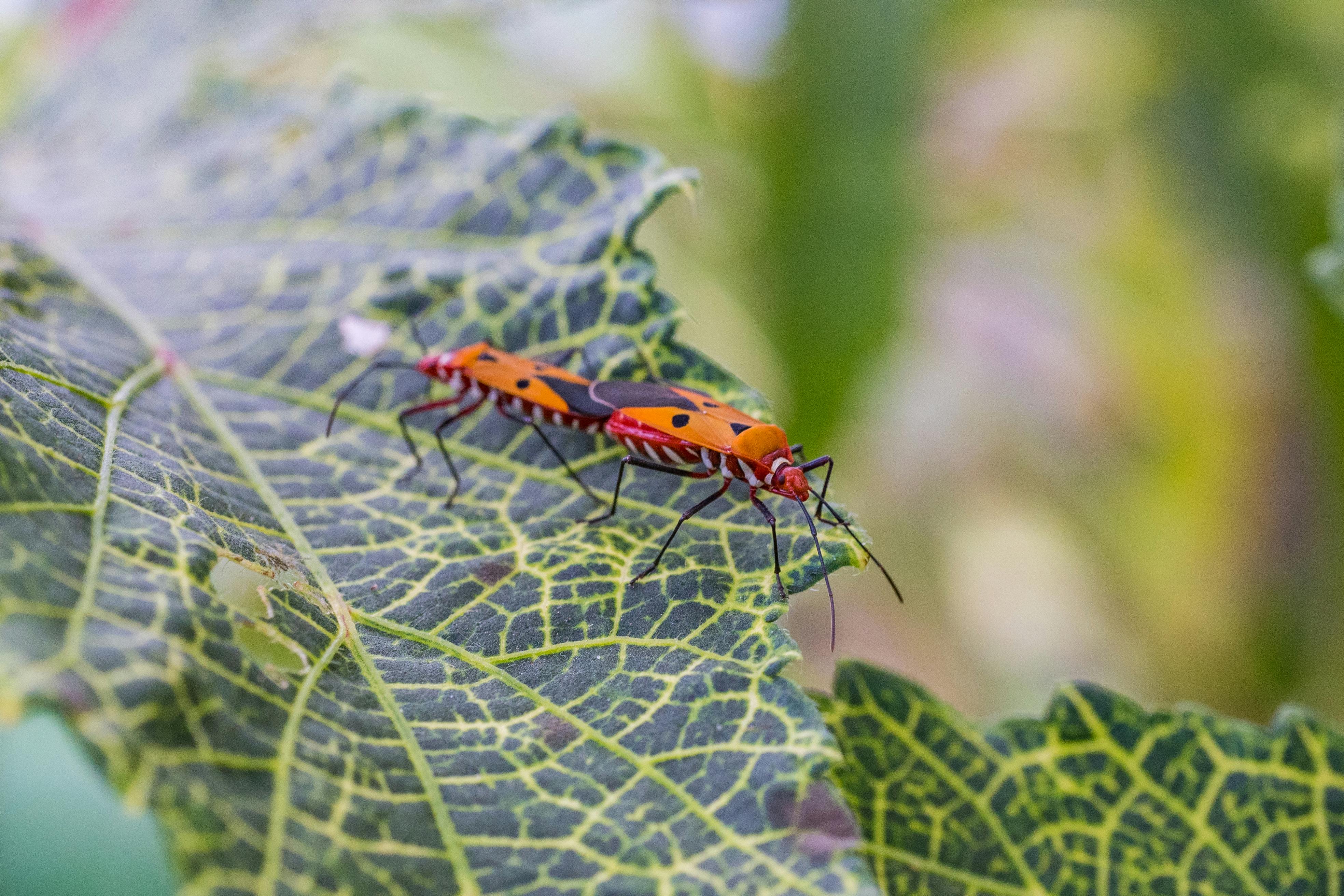Disease Infestation and Insect Damage of Pygmy Trees inMount Hamiguitan Range Wildlife Sanctuary
DOI:
https://doi.org/10.59120/drj.v11i2.396Keywords:
Disease, Mount Hamiguitan, pest, pygmy forest, wild sanctuaryAbstract
The present study examined the disease infestation of pygmy trees in the pygmy field of Mount Hamiguitan Range Wildlife Sanctuary. It aimed to determine the degree of damage in pygmy tree species, describe the diseases, and determine the plant parts they commonly affect. A total of 10 stations were established in the study area, and sampling was conducted through the transect walking method. Three replicates of tree species in each station were examined. Collected samples were brought to the laboratory for further identification of the possible causes, vectors, and causative agents of the diseases.The result showed that among the 10 stations, bacteria, fungi, and insects were common agents of diseases. Five stations were infected by fungal diseases (stations 1-2, 5, 8, and 10), bacteria-contaminated station 6, and insect pests infected the other three stations—stations 1, 4, 6, and 9 experienced major insect infestation. Among the stations, the damage was severe at station 1, followed by stations 4, 6, and 9, while station 7 experienced the least harm. Symptoms of diseases include leaf scratches along the leaf blades, black spots, red lesions of leaves, and wilting. This study’s result points to leaves commonly affected by diseases. One of the most common symptoms was leaf scratches along the leaf blades of stunted trees, which was damage caused by the pests. Fungi were dominant in causing internal infections in plant parts of the trees, leading to disease infestation in the pygmy forest in Mount Hamiguitan Range Wildlife Sanctuary.
Downloads

Downloads
Published
Issue
Section
License
Copyright (c) 2017 Cristine Joy B. Canonigo , Analou D. Dedal

This work is licensed under a Creative Commons Attribution-NonCommercial 4.0 International License.
DRJ is an open-access journal and the article's license is CC-BY-NC. This license allows others to distribute, remix, tweak, and build on the author's work, as long as they give credit to the original work. Authors retain the copyright and grant the journal/publisher non-exclusive publishing rights with the work simultaneously licensed under a https://creativecommons.org/licenses/by-nc/4.0/.









